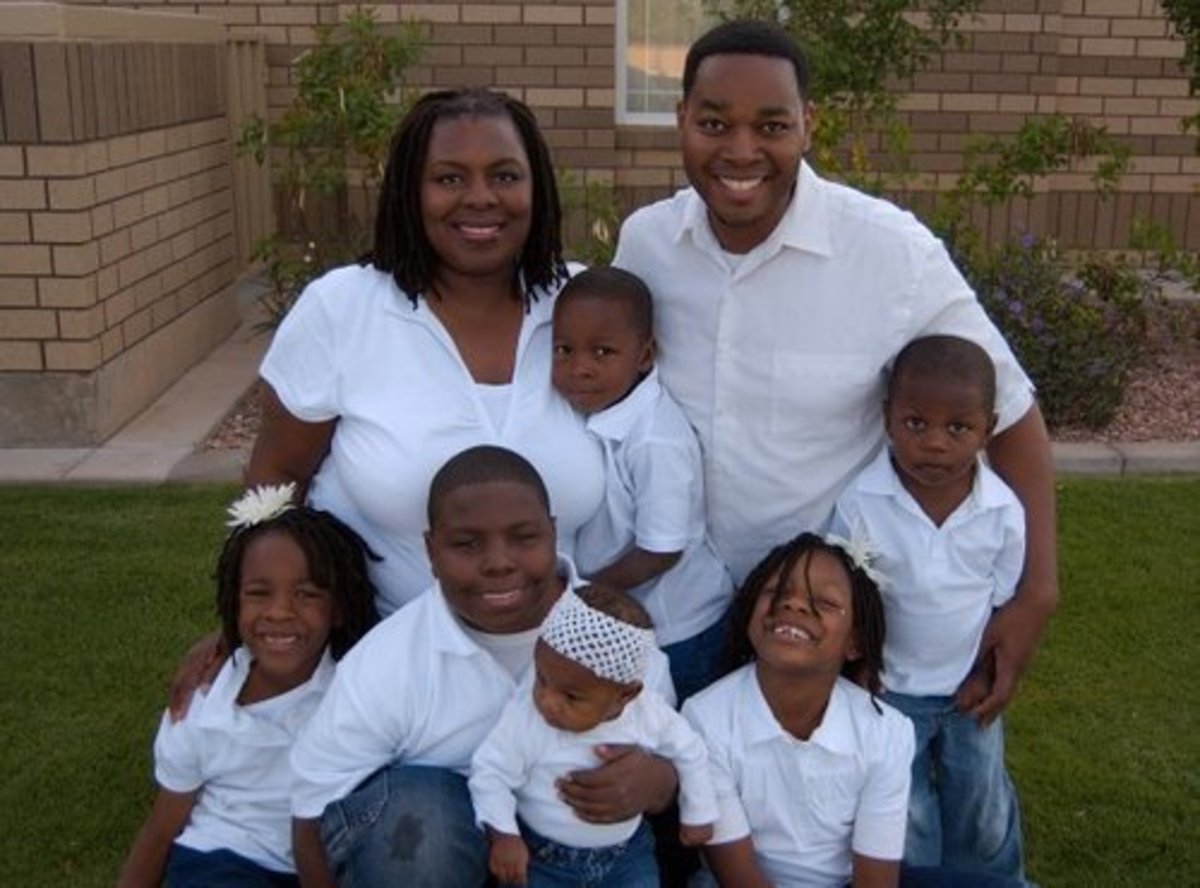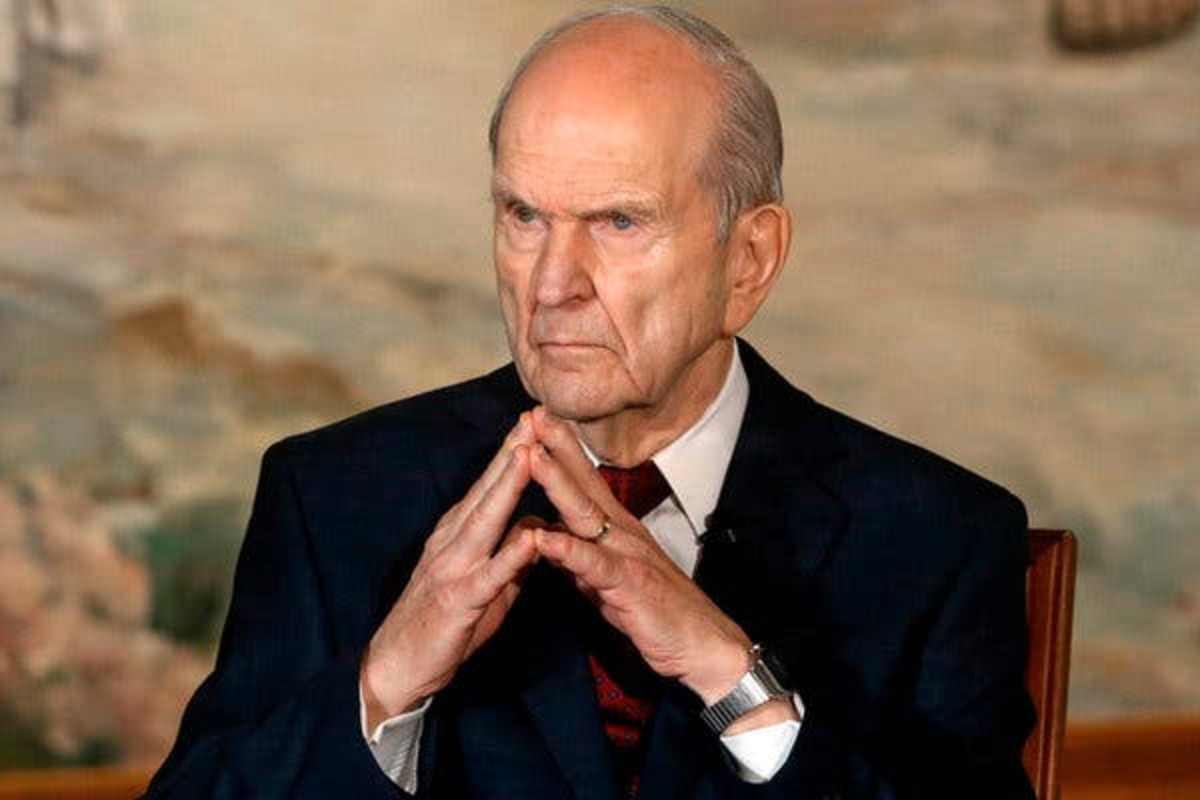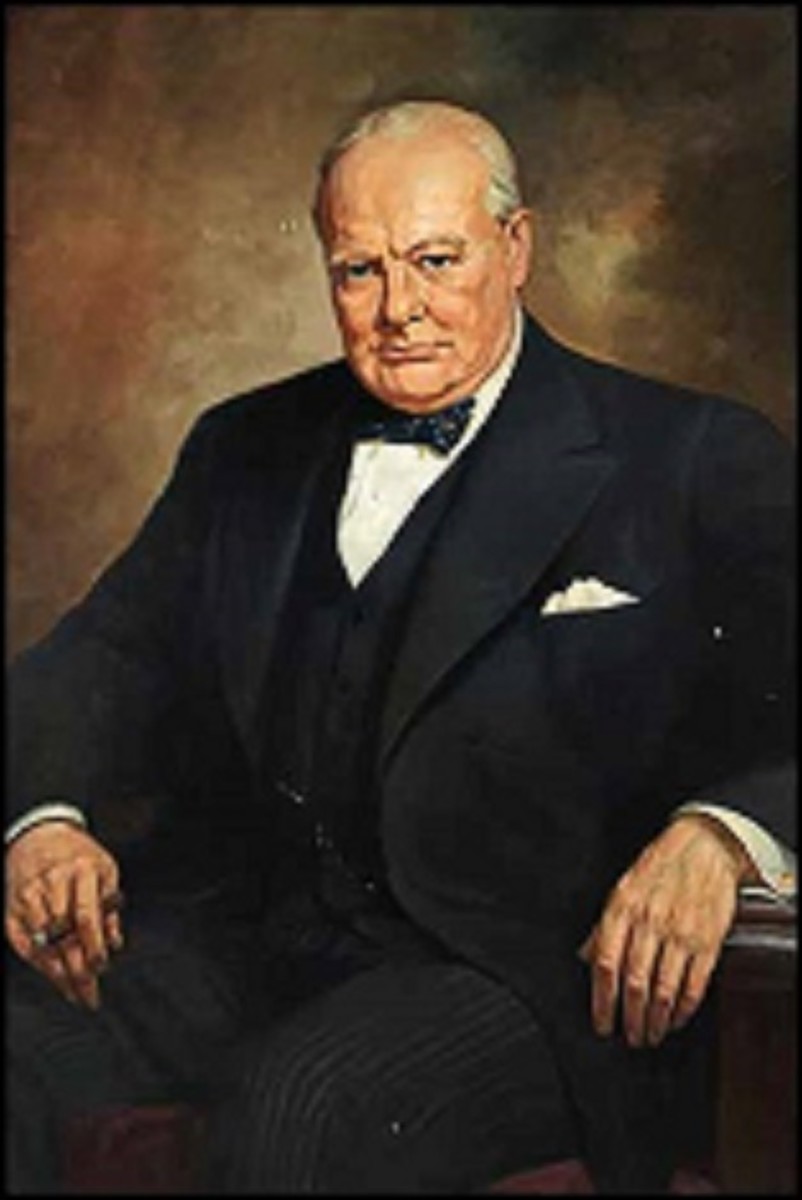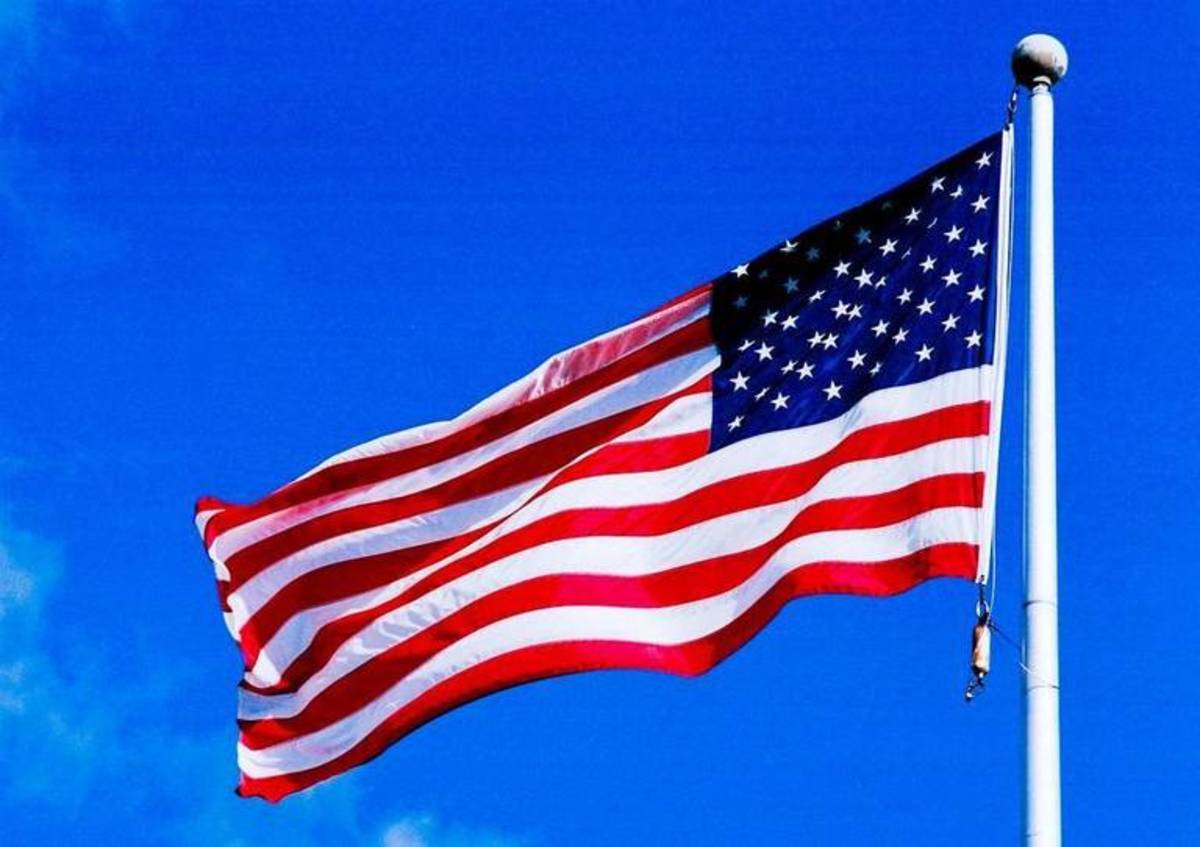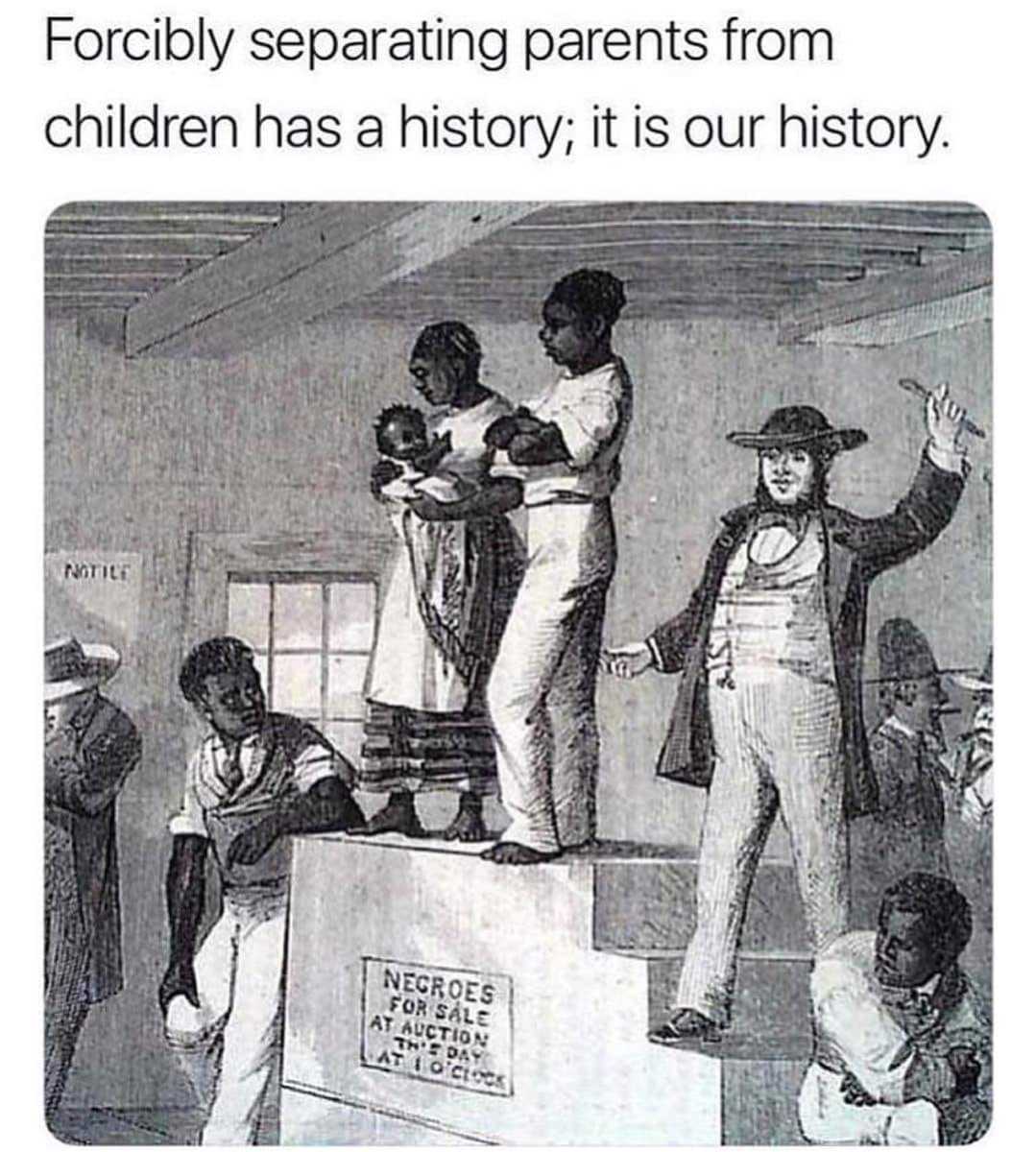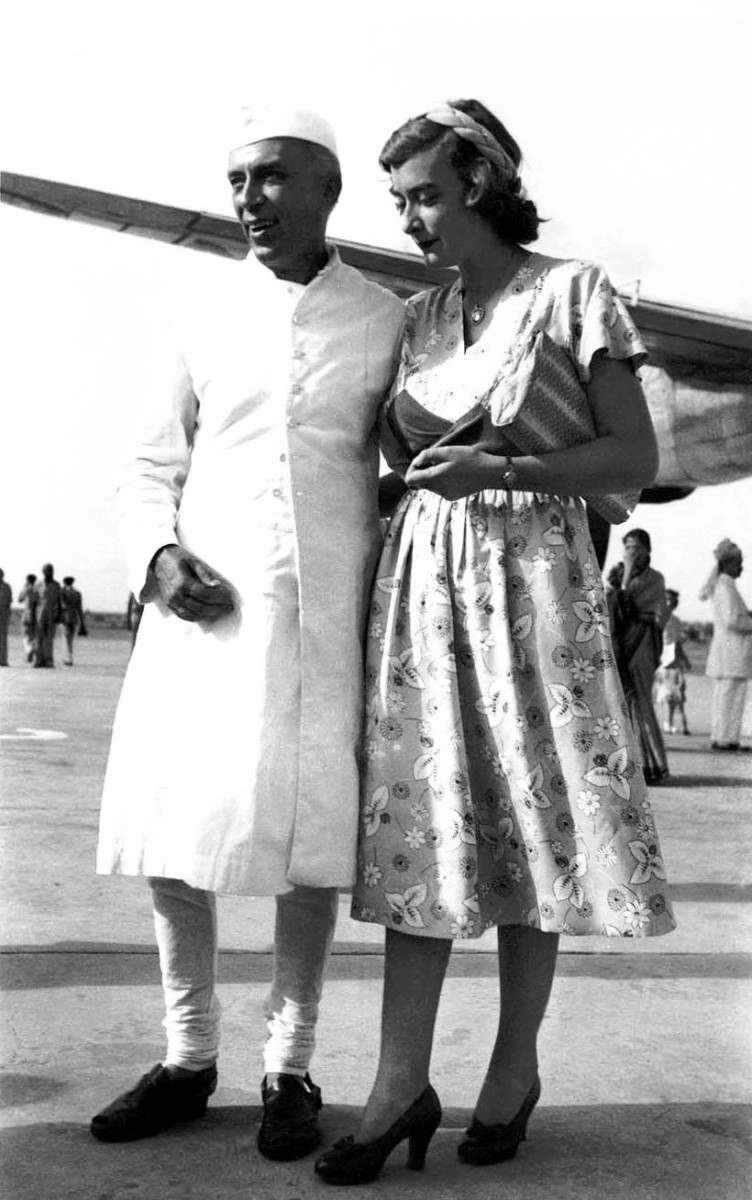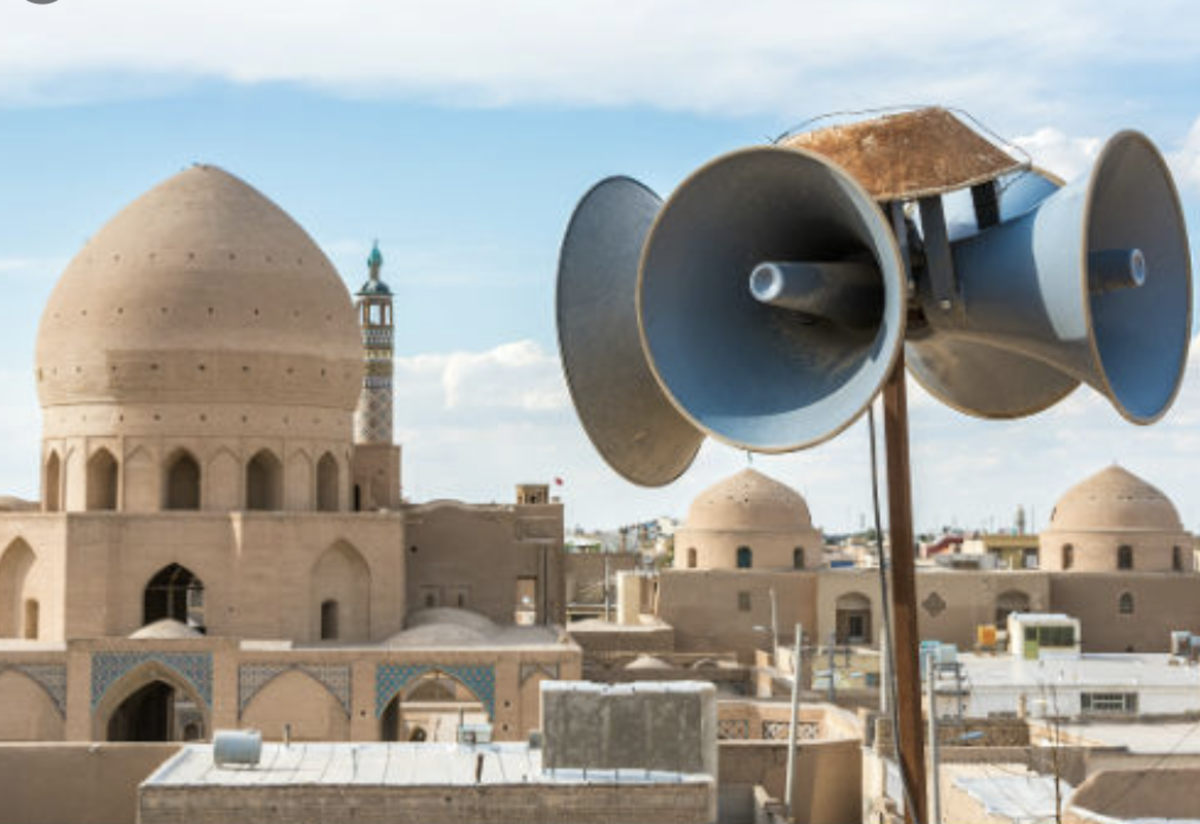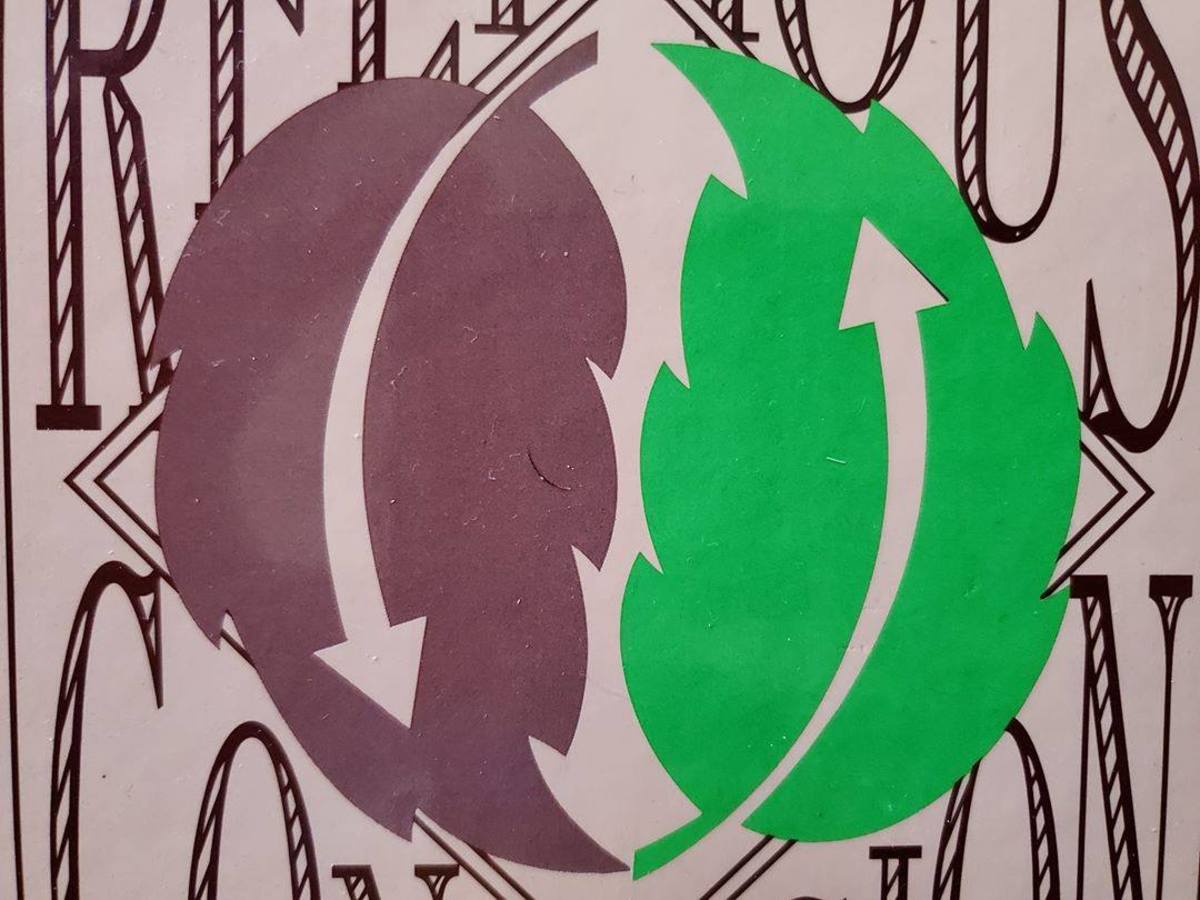Being a Latter-day Saint (often called “Mormon”) and Black in America: Wrestling With the Why — Episode Four
Faith and race do not exist in separate worlds. In previous episodes, I explored the history of exclusion and the wrestle of trust when prophets stumble, especially when there is a culture of infallibility.
This piece moves forward in the same reflexive spirit, pressing into a harder truth: asking why God allowed the priesthood ban restriction at all, and what that means for Saints today.

The Race of God and the Restoration’s Greater Truth
What Color Is God? The Futility of Racializing Divinity
Why did God not take the time to correct this easy-to-clear-up item? For many people of color, it remains a sticking point. Why not prove once and for all that God is not Caucasian and let the world unite under the true Black God — or (insert whatever race) God?
The Restoration of the Gospel is an ongoing process. Restoring humanity to the truths of the gospel has more value than revealing an accurate description of the mortal Jesus or the race of God. Those details carry no eternal worth other than to pit racist people against each other.
The White side would say: I told you we were right. Of course, God is White.
The Black side would say: I told you we were right. God is Black. You should have listened!
The Saints — whatever their racial mixture — will say: Father. He is all of our Father.
And in the end, when we see our Father’s face and recall the depth of His eternal love, we will not care what color He is. We will know without a shadow of doubt that He is our Father, just as surely as we know our earthly parents are ours. For those who lacked that bond in mortality, the recognition will still come — a remembrance of the divine attachment that has always been there.
What will fall away is not love but illusion. Racist ideologies — White or Black — will collapse under the weight of truth. Supremacy of any kind will wither in the light of His glory, leaving only what was always true: He is our Father, and we are His children.
Cultures Shape the Image of God

From Middle Eastern Jew to Blond-Haired Savior: How Cultures Shape the Image of God
Each group carries its own theory about who God is and how He looks, though modern prophets have seen Him. For some, God is Black, because they need Him to be Black. For others, He is of Asian stock, because that reflects their deepest hope of belonging.
Few genuinely want to know the truth if it risks shattering cherished views. Even among the Saints, many prefer validation over revelation. People — especially minorities the world over — want a God who looks like them.
Part of this comes from centuries of European Christology. God was cast as White; Jesus was painted with blond hair and blue eyes. As Gentile converts flooded the Church of Jesus Christ after the apostles’ deaths, the Jews no longer dominated the faith.
And as happens in every culture, the new dominant group reshaped God in its own image. White Europeans began to compare and identify God and Jesus with themselves. Never mind that the Jews lived in the desert regions of Africa — what we now call the Middle East — the founding leaders of Christianity were reimagined as Europeans. Why? Because it was Europeans who took Christianity to the world, in the form that evolved from the bishopric at Rome, later known as the Roman Catholic Church.
Few genuinely want to know the truth if it risks shattering cherished views. Even among the Saints, many prefer validation over revelation. People — especially minorities the world over — want a God who looks like them.
Opening of the Dispensation of the Fullness of times: First Vision

Restoration of Apostolic Authority in the Ongoing Gospel
The history of the Church after the death of the original apostles is one of sad apostasy. Without prophets and apostles, the authority to declare the mind and will of the Lord was lost. Councils met, bishops organized, but the gifts of apostolic revelation and prophetic mantle disappeared. The truth that Jesus died and rose remained, but the pattern of ongoing revelation was broken.
Fifteen centuries later, Joseph Smith restored the apostolic order under God’s direction. The Church of Jesus Christ of Latter-day Saints exists today because revelation returned. But restoration is not finished. God still reveals truth “line upon line, precept upon precept, here a little and there a little” (2 Nephi 28:30; Isaiah 28:10). The fullness of the gospel will not be completed until Christ returns in glory.
Trusting God When Prophets Are Imperfect
Can We Trust Prophets Who Make Mistakes?
The question is not whether prophets are flawless; it is whether God still speaks through them. President Russell M. Nelson has taught plainly that revelation is ongoing and personal:
“In coming days, it will not be possible to survive spiritually without the guiding, directing, comforting, and constant influence of the Holy Ghost.”
(Revelation for the Church, Revelation for Our Lives, April 2018 General Conference)
That teaching places the emphasis exactly where it belongs: on the Spirit of the Lord. Prophets declare the mind and will of God as best they understand it, but Saints must still receive their own confirming witness. Sometimes that revelation confirms the prophet’s words directly. At other times, the Spirit teaches patience, making clear that a policy is temporary, or that a restriction is not the eternal will of God.
The Restoration itself testifies of this principle. Revelation came to Joseph Smith not all at once but as he was ready to receive it. So it is with every prophet — and with every disciple. We trust God, not human perfection. We rely on His Spirit to sift truth from tradition, to distinguish eternal law from temporary practice.
This is the paradox and the power of discipleship: prophets may misunderstand, but God does not. The Spirit remains the final witness.
And in the end, when we see our Father’s face and recall the depth of His eternal love, we will not care what color He is.
Joseph Smiths's First Vision of God the Father and Jesus Christ

Conclusion: Trusting God Is Not Optional, It Is Imperative
It rests upon us to bring our wills into line with His will, and to be willing to offer all things whatsoever He seeth fit to inflict upon us, as taught by King Benjamin in Mosiah 3:19 in the Book of Mormon, Another Testament of Jesus Christ. To submit ourselves before the Lord as children is the price of true discipleship.
Faith does not light the entire path forward. This way is not illuminated to the end because faith is required to fuel the journey. In the distance we may glimpse the glory of God, His love, but to move from where we are to that point requires walking through stretches of darkness, only a few feet at a time. Sometimes that darkness is filled with painful historical and emotional truths.
Yet the object of our faith is not the Church itself as an institution, nor its history with all its flaws and unanswered questions. The object is Jesus Christ. It is the Restoration of His gospel — the knowledge that it has been restored. It is the hope that through the atonement of Jesus Christ, God can strip away our imperfections, purge the filth that mortality presses upon us, and raise us above it. Not because God delights in our suffering, but because He desires us to become like He is.
Just as Jesus Christ descended below all things and rose above them, we are also invited to do the same. This is the antithetical truth of discipleship: we descend in order to rise, and we rise only in and through Jesus Christ.
The spiritual and emotional wrestle with why God allowed the priesthood restriction to endure is part of that descent. For many of us, the rise comes in choosing Christ anyway, without a full understanding of what happened, trusting that His purposes reach beyond our current comprehension.
This wrestle is not the end of the story. It leads us onward toward a deeper reckoning with revelation, order, and the very nature of how God speaks through His prophets.
Related
- Being a Latter-day Saint (often called "Mormon") and Black in America: Living With the Past — Episod
Exploring the dilemma of being a Latter-day Saint who is Black, this episode uncovers the pain of priesthood exclusion, Brigham Young’s racial teachings, and the enduring test of trusting God over human imperfection in His chosen messengers.
This content is accurate and true to the best of the author’s knowledge and is not meant to substitute for formal and individualized advice from a qualified professional.
© 2025 Rodric Anthony Johnson

